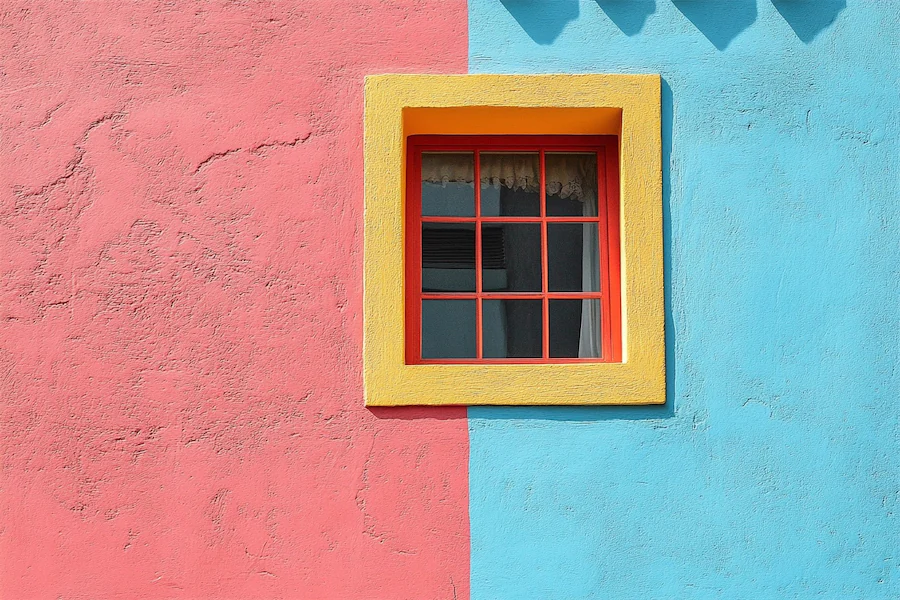Postmodern interior design emerged in the late 1970s as a reaction against the minimalism and rigidity of modernist principles. It embraces diversity, contradiction, and a playful mix of styles, materials, and forms. In wall design, this translates to bold expressions that challenge traditional aesthetics.
History and Origins of Postmodern Wall Design
The postmodern movement sought to break free from the constraints of modernism, which emphasized function over form and favored simplicity. Postmodern designers introduced eclecticism, irony, and ornamentation back into design, allowing for more personal and expressive spaces. Walls became canvases for storytelling, showcasing a blend of historical references and contemporary flair.
Key Features of Postmodern Wall Design
- Bold Colors and Patterns: Postmodern walls often feature vibrant hues and striking patterns, moving away from the neutral palettes of modernism. This includes the use of geometric shapes, abstract designs, and a mix of textures to create visual interest.
- Eclectic Material Mix: Combining materials like glass, metal, wood, and plastic adds depth and contrast to wall designs. The juxtaposition of high-gloss finishes with raw, unfinished surfaces exemplifies the postmodern appreciation for contradiction.
- Historical References: Incorporating classical elements such as arches, columns, or decorative moldings in unconventional ways pays homage to past styles while reinterpreting them for contemporary settings. This blend creates a layered and dynamic aesthetic.
- Playful Ornamentation: Embracing decorative elements, such as murals or sculptural installations, adds a whimsical touch to walls, challenging the modernist aversion to ornamentation. These features often serve as focal points, injecting personality into the space.
Applications of Postmodern Wall Design
- Residential Spaces: In homes, postmodern wall design can be applied through the use of bold wallpapers, textured paints, or mixed-material claddings. For example, a living room might feature a statement wall with a vibrant geometric mural, complemented by metallic accents and eclectic furnishings.
- Commercial Interiors: Businesses, particularly in the creative and hospitality sectors, can utilize postmodern wall designs to create memorable and engaging environments. Restaurants might incorporate colorful tiled walls with playful patterns, while offices could feature mixed-media installations that inspire creativity.
Considerations When Choosing Postmodern Wall Design
- Cohesion and Balance: While postmodernism encourages eclecticism, it’s essential to maintain a cohesive theme to prevent visual chaos. Balancing bold elements with neutral spaces can create harmony.
- Personal Expression: Postmodern design thrives on individuality. Incorporate elements that reflect personal tastes and stories, ensuring the space feels authentic and engaging.
- Contextual Awareness: Consider the architectural context and purpose of the space. While a vibrant, patterned wall may suit a creative studio, it might overwhelm a small bedroom. Tailor the design to fit the environment appropriately.
Conclusion
Postmodern wall design offers a dynamic and expressive approach to interiors, celebrating diversity and breaking traditional boundaries. By thoughtfully integrating bold colors, eclectic materials, and playful ornamentation, spaces can be transformed into visually stimulating environments that reflect both historical appreciation and contemporary innovation.
